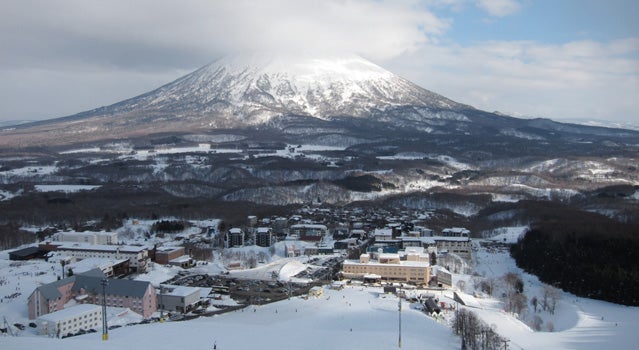In the aftermath of the massive earthquake that hit Japan in 2011, tourism dropped as much as 60 percent. Now, one year later, Japan is safe—as long as you’re more than 15 miles from the Fukushima power plant—and travelers are returning. To put the danger in perspective, the average radiation dose in Tokyo is less than that of New York City, Berlin, Singapore, Hong Kong, or Seoul. And average hotel rates in Tokyo and other areas are 10 percent lower than pre-tsunami prices. From skiing and snowboarding at world-class resorts like Niseko in the subarctic north; to the granite slabs, cracks, and faces of Mount Ogawa in centrally located Nagano; to surfing the Boso Peninsula in the subtropical south, the adventure options are mind-blowing. No matter where you are in Japan, you’re never more than 60 miles from the ocean. Farther inland, there are dozens of volcanic hot springs scattered throughout the country for a mind-clearing soak. The bullet train will take you from Tokyo to the mountain adventure hub of Minikami in 72 minutes. At the base of Mount Tanigawa, at the headwaters of the Tone River, you’ll find hiking, climbing, whitewater rafting, and canoeing. Canyons will customize any iteration of the above activities. Stay at nearby Bettei Senjyuan, a stunning contemporary ryoken with natural hot-spring baths at the foot of the mountain and a beautiful meditation garden (doubles from $460).
Eastern Rising
Buy a ticket to Japan—really

New perk: Easily find new routes and hidden gems, upcoming running events, and more near you. Your weekly Local Running Newsletter has everything you need to lace up! Subscribe today.

